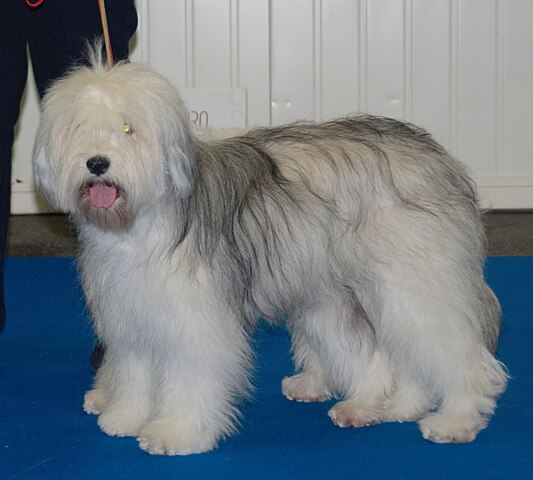The Dutch Tulip Hound’s history can be traced back to the Middle Ages. Also known as the Markiesje, this little dog served as a companion in some of the largest and wealthiest homes, living with royalty and the “well-to-do” crowd. The most likely ancestor of the breed is also seen in the background of many other Dutch breeds – the Dutch Spioen, and back in the 1700’s this little toy spaniel was immensely popular. Unfortunately today it is very rare and practically unheard of by most people but an effort has been made to bring this breed back to the public eye. At this time it is recognized by the Dutch Kennel Club (since 1999) and fanciers are hopeful to one day get it recognized by the FCI.
One note about the Tulip… although is is possible for a mixed breed to look eerily similar to a Dutch Tulip Hound, this does not automatically make that dog a Dutch Tulip Hound! This breed is exceptionally rare and the chances of one being found or rescued on the streets of any country other than the Netherlands is so rare that it would be practically impossible. The breed has a number of physical traits that can also be seen with various spaniel mixes which explains why some people will come to this erroneous conclusion. Not to say that those little mutts cannot make wonderful companions… just that 99.9% of them are not actually Dutch Tulip Hounds. The only way to obtain an actual Tulip is to purchase from a reputable breeder (likely one that is overseas).
In terms of the purebred Tulip – this breed is playful and tends to get along with animals of all shapes and sizes provided he is properly socialized. He is also gentle with kids although his small size means that he should be supervised with the toddler-age as he is a little delicate. With a naturally friendly temperament, he is generally social to everyone he meets without being overly demanding or obnoxious. He does, however, love attention and affection! This is a perfect dog for an owner who wants to take their pet on many outings as he is well-behaved with even minimal training. This said, he is also quite capable of staying home alone without suffering from separation anxiety (although he’d prefer to go out with you). He’s too small and good-natured to serve as any sort of guard dog but his happy barks upon the arrival of guests (both expected and not) helps to serve him as a watchdog! 
Dutch Tulips are an active breed that do best in larger homes with a bit of property. They require more exercise than many companion breeds and may not be happy living in an apartment. They take well to long walks, swimming, and similar activities. They don’t let their size stop them so they can chug along quite easily with longer excursions! It might surprise one to discover that although their primary purpose is that of companion, some have been trained to do some light retrieval work with small game. Their spaniel heritage means that they have some gun dog instincts that can be put to good use!
The intelligent Tulip Hound can excel in many canine sports such as freestyle or agility. This is an active dog that enjoys being given brain games and working tasks. Like many other small active breeds, they can be prone to barking as their excitement can easily get the best of them. In addition, an owner must put down and enforce the same rules they would make for a larger dog as otherwise this breed (like so many other small breeds) can develop “small dog syndrome”.
The coat of the Dutch Tulip Hound is medium in length, without undercoat, silky, and may have a slight wave. The color is either solid black or black with white markings which cannot make up more than 40% of the dog. This is a very healthy breed that will likely remain beautiful and active for most of his life, provided his needs are met. That said, always remember that this small companion does not have an overly protective coat – he should never be delegated to being an outdoor dog, especially in cold-weather climates. He needs regular grooming – including at least a twice-weekly brushing and an occasional bath with conditioning treatment. Although he is a low-shedder he still requires this care to keep his coat tangle free, healthy, and free from dandruff.



